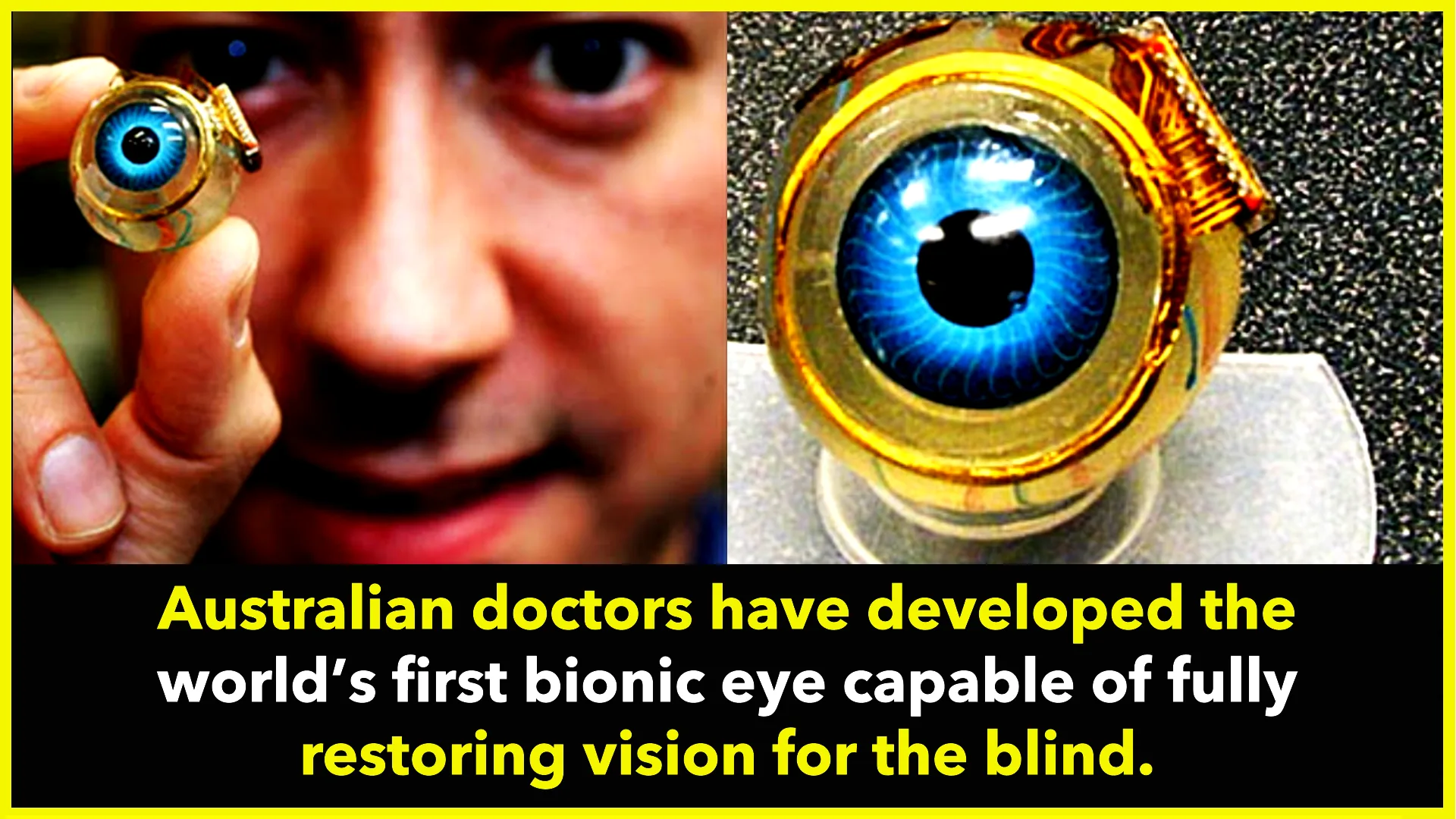In a revolutionary breakthrough, Australian scientists have developed the world’s first bionic eye capable of fully restoring vision for individuals who are blind. This medical innovation is being hailed as a game-changer, offering hope to millions worldwide and potentially transforming the future of vision restoration.
The cutting-edge technology, years in the making, leverages a complex combination of neural implants, advanced sensors, and real-time data processing to recreate the experience of natural sight. Unlike previous solutions that offered limited visual perception, this bionic eye is designed to fully restore functional vision, enabling users to see as clearly as those with healthy eyesight.
A New Era for Vision Restoration
This pioneering achievement could signal the beginning of a world where blindness becomes a reversible condition. Medical experts believe this breakthrough could improve the quality of life for millions of people suffering from visual impairments caused by diseases or injuries.
“This innovation has the potential to redefine what we thought was possible in medical science,” said a lead researcher from the development team. “For the first time, we’re not just restoring partial sight — we’re aiming to bring back full vision.”
Hope for Millions
Globally, over 43 million people are blind, and the development of the bionic eye represents a beacon of hope. This device not only restores vision but also opens doors to greater independence, improved mental health, and enhanced societal participation for those affected by blindness.
The next phase involves clinical trials to ensure the safety and efficacy of the device on a larger scale. If successful, the bionic eye could become commercially available within the next decade, revolutionizing the field of ophthalmology and bioengineering.
Global Impact
Medical experts, policymakers, and patient advocacy groups are lauding this innovation. It is seen not just as a medical milestone but as a testament to human ingenuity and the power of interdisciplinary collaboration.
As the world watches this visionary breakthrough unfold, it raises a crucial question: Could this be the first step toward making blindness a condition of the past?
This landmark achievement undoubtedly underscores the importance of continued investment in medical research and technology. For now, the bionic eye represents a shining light of possibility for millions awaiting a brighter future.










